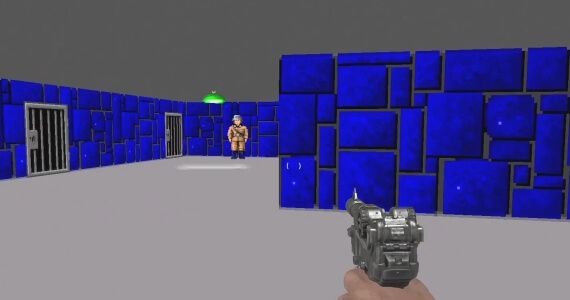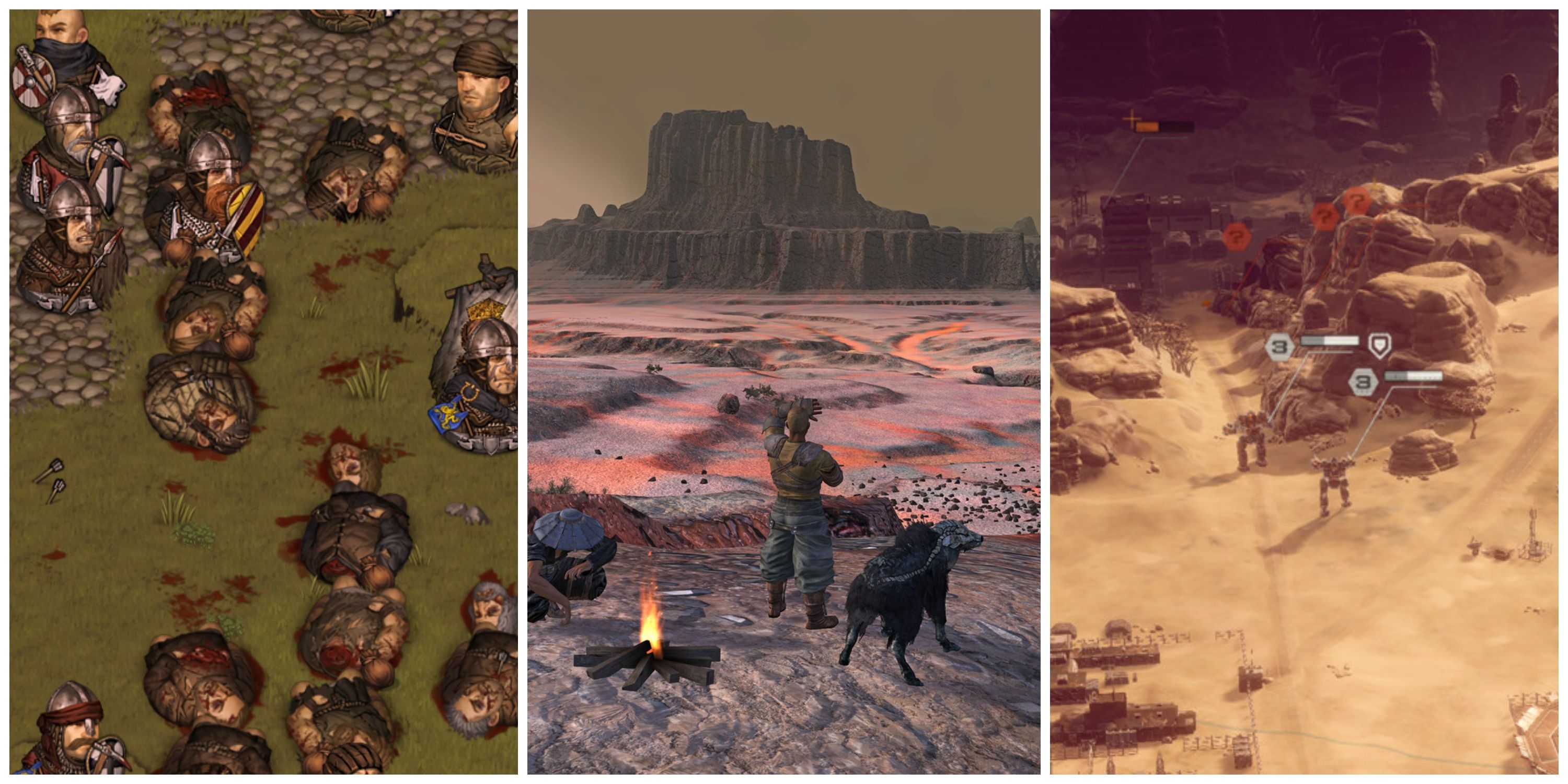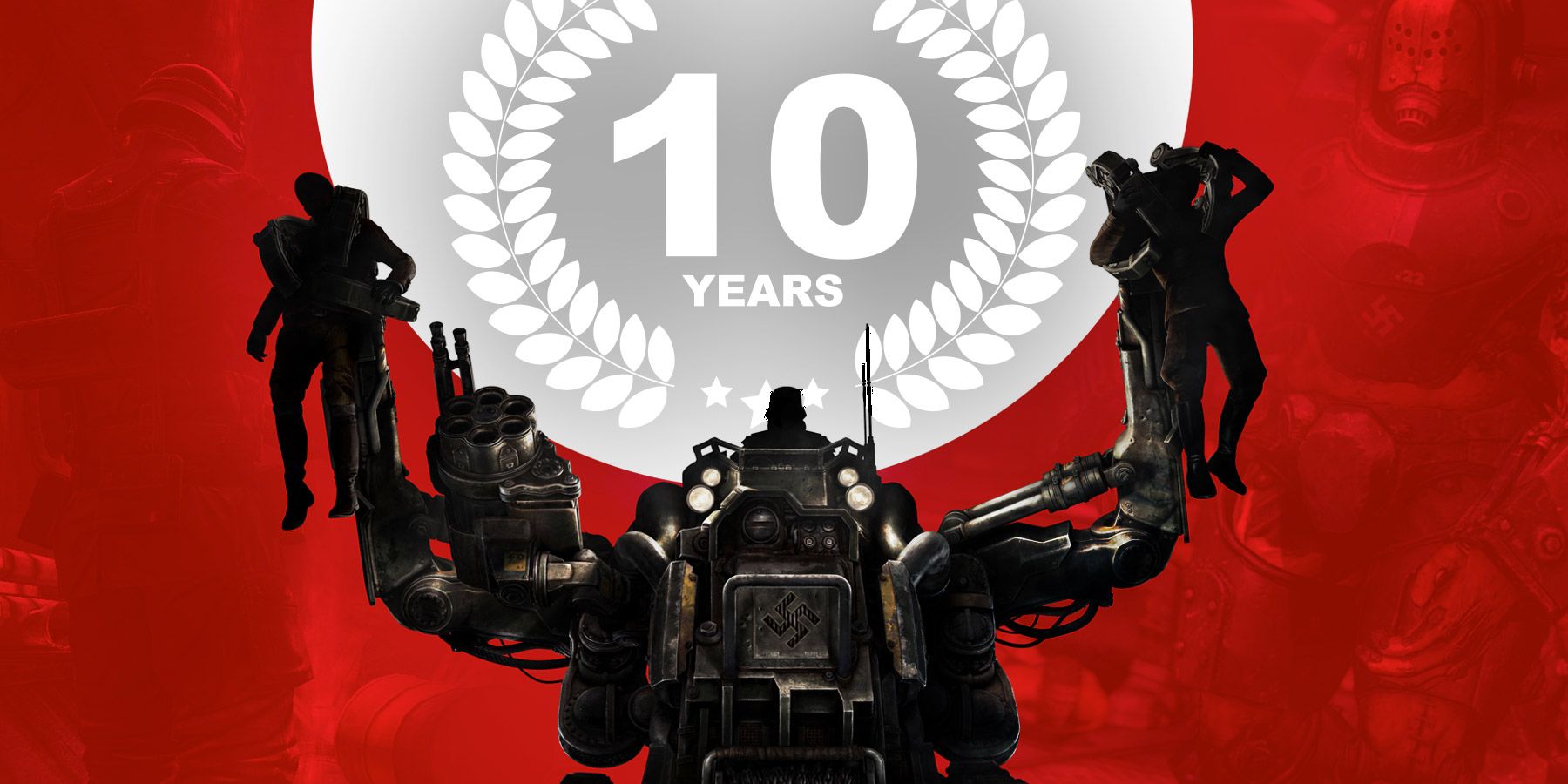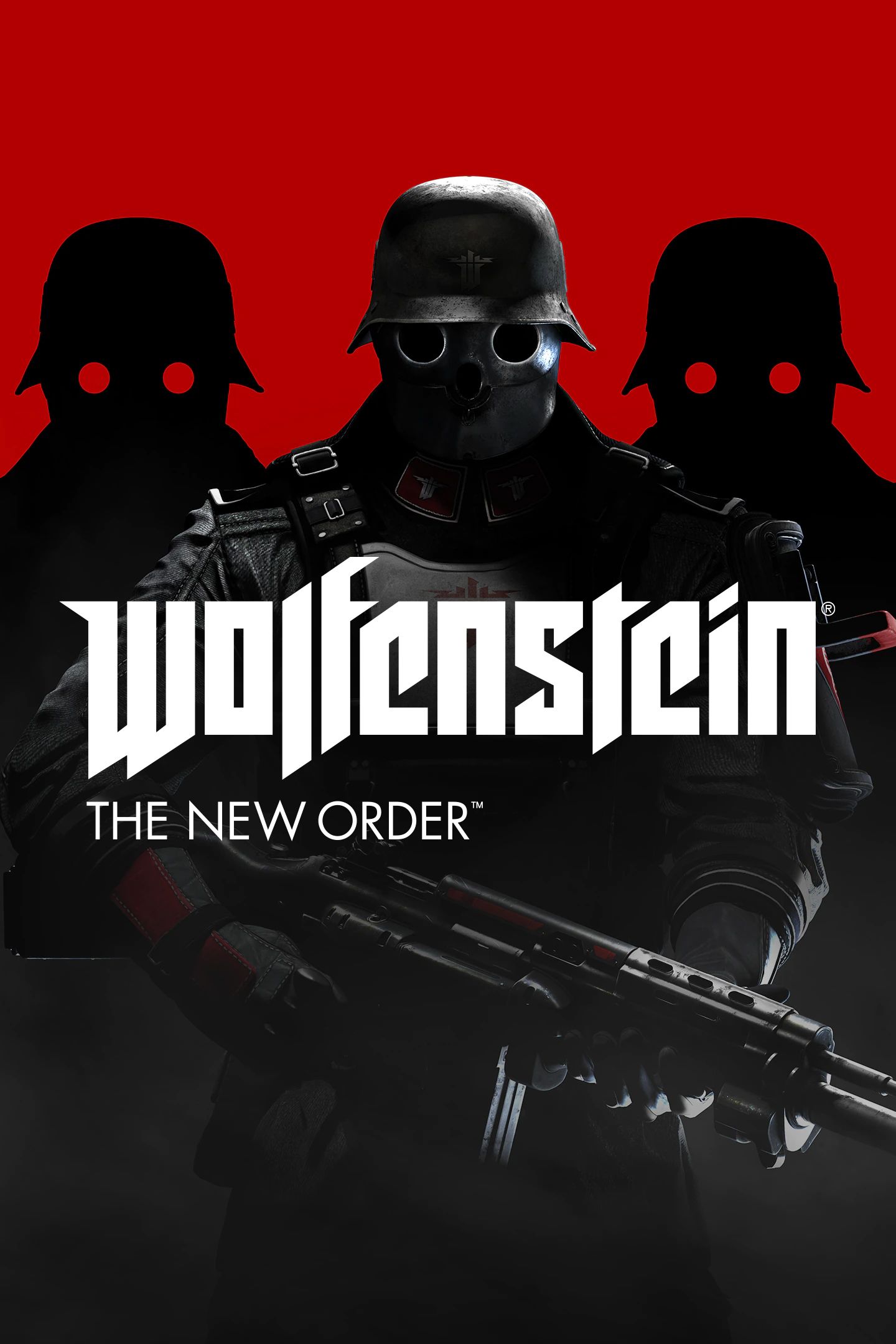Highlights
- Wolfenstein: The New Order reinvigorated the FPS genre with its fast-paced gameplay and unique setting, setting a new standard.
- The game was a pivotal part of the 'boomer shooter' revival, inspiring a wave of modern updates to classic shooter gameplay.
- A decade later, Wolfenstein: The New Order remains a modern classic with its engaging plot, witty script, and timeless design.
In 2013, Bethesda announced that one of its recently acquired studios was working on yet another Wolfenstein reboot. One of gaming’s most influential franchises, this next attempt was to be the fourth Wolfenstein reboot since the franchise began in 1981. Helmed by MachineGames—a newly founded studio with no games under its belt—it was unprecedented how successful and influential Wolfenstein: The New Order would go on to be.
Announced on May 7, 2013, Wolfenstein: The New Order's trailer certainly made its mark: Jimi Hendrix’s "All Along the Watchtower," alternate history Nazi robots, a world subjugated by the fascist menace, and one gravelly voiced all-American hero promising to stand against it all. MachineGames' spine-tingling trailer promised a David and Goliath story for the ages, and gamers were hyped. A Grindhouse-inspired title splash sealed the deal and the rest is history.

How To Play Original 'Wolfenstein 3D' in 'Wolfenstein: The New Order'
The makers of 'Wolfenstein: The New Order' made sure to include a playable stage from the original 3D shooter. Watch the video to try it yourself.
The Wolfenstein Series Changed The Gaming Landscape
The Wolfenstein franchise has a history of trendsetting. Released way back in 1981, Muse Software’s original Castle Wolfenstein was one of gaming’s earliest experiments with stealth. Featuring an alarm system, disguises, and the first example of digitized speech in video games, Castle Wolfenstein would predate the original Metal Gear, spawning the entire stealth-action genre.
Castle Wolfenstein’s sequel, Beyond Castle Wolfenstein, was released in 1984 and expanded on the first game, introducing NPC interactions and allowing players to move corpses in order to hide them. Then, in 1991, Id Software took control of the franchise; Wolfenstein 3D changed the gaming landscape once again, establishing the modern first-person shooter and paving the way for Doom and the entire FPS genre.
Subsequent games, while highly regarded, were less influential. 2001's Return to Castle Wolfenstein is now considered one of the finest first-person shooters of the 2000s. Raven Software's Wolfenstein (2009) received middling reviews at launch but has since become a cult classic.
Wolfenstein: The New Order Revitalised the FPS Genre
Upon its release in 2014, Wolfenstein: The New Order was a breath of fresh air. Its fast-paced run-and-gun gameplay was an escalation of Far Cry 3's vicious, chaotic gameplay coined the year before with light stealth elements allowing the player to quietly pick off a handful of enemies and even the odds before starting a firefight.
Also like Far Cry 3 , the game’s vibrant, unique setting made it stand out, providing a direct visual contrast to the ‘realistic’ brown and grey tones of the modern military shooters popular on seventh-generation consoles.
Wolfenstein: The New Order also bucked early-2010s AAA shooter trends by taking as much influence from PC arena shooters as it did from linear single-player console FPS games. While many seventh-generation single-player shooters took a more shooting gallery approach to level design, presenting players with a series of linear corridors punctuated by cutscenes, Wolfenstein: The New Order’s levels tended to be more open-ended, allowing the player to discover new routes, strategies, and secrets while killing Nazis.
Wolfenstein: The New Order Helped Usher In the Boomer Shooter Revival
In much the same way that Wolfenstein 3D paved the way for the original Doom, Wolfenstein: The New Order paved the way for 2016's Doom reboot—a game which, in turn, was the spark that lit the ‘boomer shooter’ inferno that saw breakout indie hits like Dusk, Amid Evil, and Wrath: Aeon of Fury take the gaming world by storm. While its gameplay no longer seems remarkable in 2024, in 2014, Wolfenstein: The New Order was a crucial part of a much-needed movement away from FPS realism.
Releasing alongside the Shadow Warrior reboot and Titanfall , Wolfenstein: The New Order helped bring movement, chaos, and fantasy back into a genre that had become dour and militaristic.
Harkening back to games of yore, the success and quality of MachineGames' Wolfenstein reboot inspired a wave of game developers to look back at MachineGames' inspirations and craft their own modern updates of classic shooter gameplay. While MachineGames would double down on narrative with its impressive follow-up—2017's Wolfenstein: The New Colossus—Id’s 2016 Doom reboot would serve as a more direct spiritual successor to The New Order, continuing what MachineGames started by going all-in on B-movie ultraviolence, in-your-face action, and black, sardonic humor.
Wolfenstein: The New Order Holds Up as a Modern Classic
10 years later, Wolfenstein: The New Order still feels fresh. Its open-ended approach to level design, combined with the MachineGames’ commitment to bombast, such as allowing the player to dual-wield heavy machine guns, helped sell the idea that the player wasn’t just a hero but a Nazi-hunting predator, walking into every room like a human war-machine and exterminating Nazis in a series of believable alt-history settings. The game’s plot remains engaging and the script is still witty.
While many of The New Order’s FPS contemporaries remain playable to this day, few shooters from 2014 have aged as gracefully as MachineGames' game-changing debut. Bucking early-2010s game design trends and forging its own path, Wolfenstein: The New Order still feels timeless a decade later.




